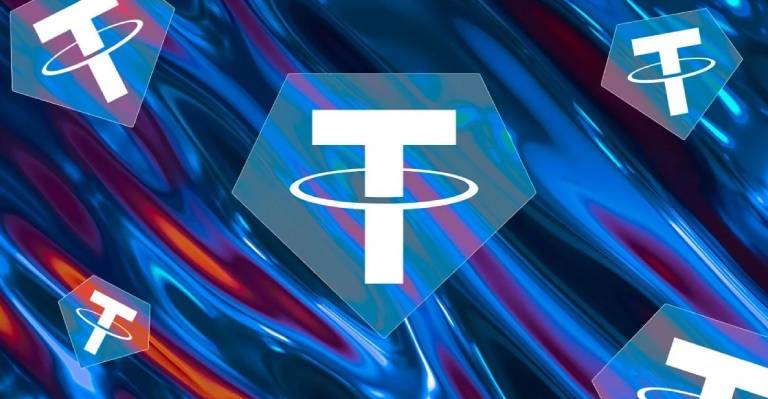TL;DR
- Tether continues to fail to deliver on its promise of an independent audit to support its dollar reserves.
- Lack of transparency raises concerns about the actual backing of its stablecoin, USDT.
- Investigations and accusations link Tether to sanctioned entities and possible market manipulation.
Tether, the issuer of the USDT stablecoin, has come under heavy criticism for its lack of transparency regarding the dollar reserves that supposedly back each token.
Since its launch in 2014, the company has promised that each USDT is backed 1:1 by one dollar, which should provide stability compared to other cryptocurrencies.
🚨 HAPPENING NOW:@ConsumersFirst just sent a Consumer Warning to every Governor in the nation, warning them that unregulated cryptocurrency company @Tether_to could be the next FTX, on the brink of disaster.https://t.co/hmEBrTM3RW pic.twitter.com/hskaZOJ3zS
— Will Hild (@WillHild) September 12, 2024
However, Tether has not provided any hard evidence to support this claim, raising concerns among investors and regulators.
Over the years, Tether has avoided a full audit and has postponed one several times.
In 2021, Tether General Counsel Stuart Hoegner assured in an interview with CNBC that the long-awaited audit would be ready within a few months.
Despite these promises, in 2024, no independent audit has yet been published that can verify whether reserves are actually available to support USDT circulation.
Doubts about Tether’s stability have intensified with ongoing investigations into its relationship with sanctioned entities, such as Russian exchange Garantex, which was sanctioned by the US Treasury Department.
In addition, there have been allegations that the company may have manipulated the cryptocurrency market in collaboration with Alameda Research, the firm behind the collapsed FTX exchange.
These allegations suggest that Tether may have artificially inflated the value of its tokens to increase its market capitalization.
Growing concerns about Tether
Another worrying aspect is that Tether has continued to issue massive loans in USDT without clear oversight over where those funds are going or proof that they are properly backed.
The company promised to reduce these loans to zero by 2023, but by the second quarter of 2024, the loans exceeded $6.5 billion, further fueling doubts about the company’s solvency.
Tether’s lack of independent audits becomes even more suspicious when compared to other companies in the crypto sector.
While companies like Coinbase and Bitstamp have managed to conduct audits with reputable accounting firms, Tether claims the “Big Four” have refused to audit its books.
This refusal has been seen by many as a red flag, especially when Tether is valued at over $100 billion, tripling the size of FTX at its peak before its collapse.
Additionally, Tether has faced legal action in New York, where it was discovered that the company covered up an $850 million loss by falsely claiming that USDT was fully backed during that period.
As a result, Tether was fined and banned from operating in New York.
It has also been fined by the Commodity Futures Trading Commission (CFTC) for making false statements about its reserves.
Finally, many experts and consumer advocates, such as Will Hild of Consumers’ Research, have warned about the risks of Tether inflating its capitalization and that if reserves are not in place, the impact on the crypto market could be devastating.


